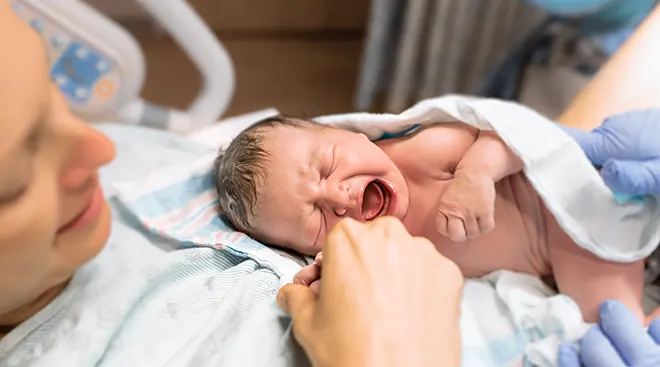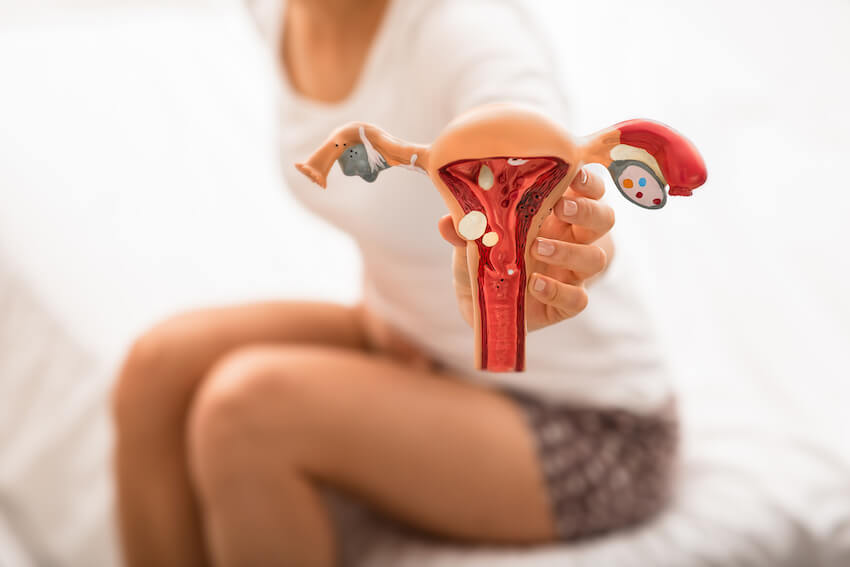Pregnancy is a time of great changes in the body . One of the requirements of pregnancy is weight gain – this weight is the weight of the growing baby , amniotic fluid around the baby , placenta , uterus , breast tissue and blood volume that increases during pregnancy .
The main gain in weight happens in the second and third trimesters of pregnancy . In the first trimester there may even be a loss of weight up to 1 kg owing to nausea and vomiting . In the second and third trimesters the weight gain is approximately 0.5 -1 kg per week .
Do all pregnant women gain the same kind of weight during pregnancy ?
No .
Weight gain during pregnancy depends on the pre pregnancy weight and BMI of the individual . It also depends on whether you have a singleton pregnancy or twins / higher order pregnancy
BMI Weight gain
Normal (18.5-24.9) 11-15 kgs
Underweight(<18.5) 12.5-18 kgs
Overweight (>25-29.9) 7-11 kgs
Obese (>30) 5-9 kgs
If the pregnancy is a twin pregnancy or that of higher multiples ,weight gain in the respective categories as given above should be
17-24 kgs , 23-28 kgs, 14-23 kgs and 11-19 kgs .
Is gaining too much weight or too little weight detrimental to your health or your baby’s health ?
Gaining too much weight may be a sign of high BP , preeclampsia and may predispose to gestational Diabetes and a large , macrosomic baby whereas too little weight gain may lead to preterm delivery and low birth weight baby . Gaining too much weight may also lead to difficulties in shedding that weight after delivery.

Should you be thinking of diets and losing weight during pregnancy?
The answer is no . Pregnancy is not the time to be thinking of going on diets or losing weight as the calorie requirement increases by 300 kcal during pregnancy .
Most girls struggle with ideal weight gain during pregnancy but one way to do it is with regular frequent eating every 3-4 hours ; this should be healthy snacking like green vegetables , fruits , nuts , mixed seeds, whole grains, lean meat , eggs, milk and milk products . Fried , processed and junk food can be given a miss. Exercise regularly unless your obstetrician finds some medical or pregnancy related reasons to prohibit exercise . This could be 30-45 minutes of exercise 5-6 times a week . Work out could be brisk walking , jogging , swimming or even prenatal yoga .
Hope that answers most of your pregnancy weight related questions . For anything else please talk to your doctor now !
























